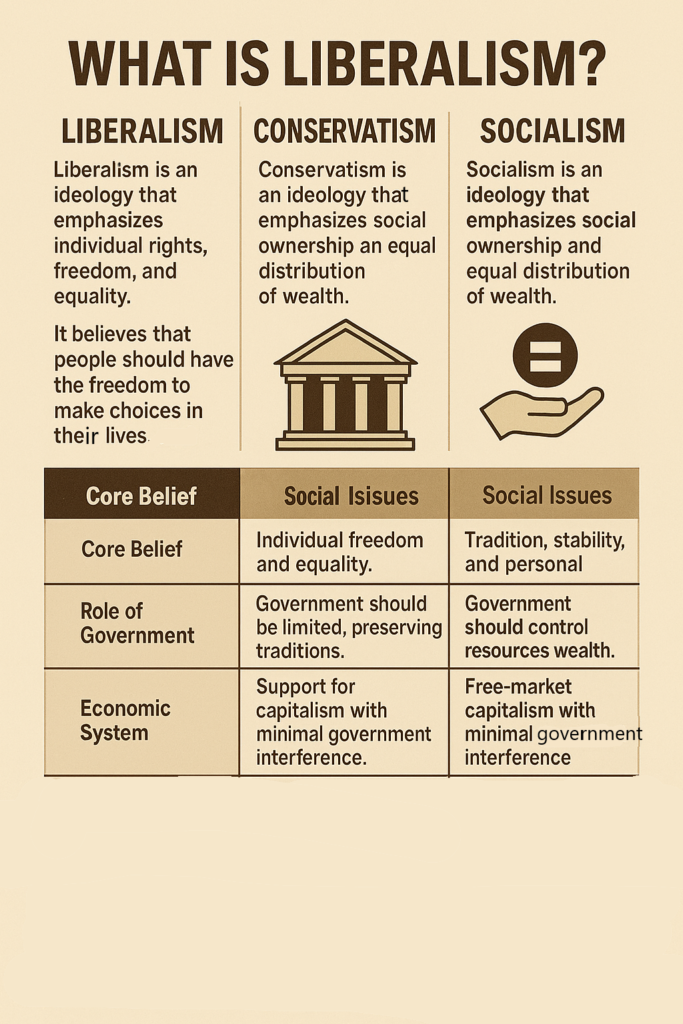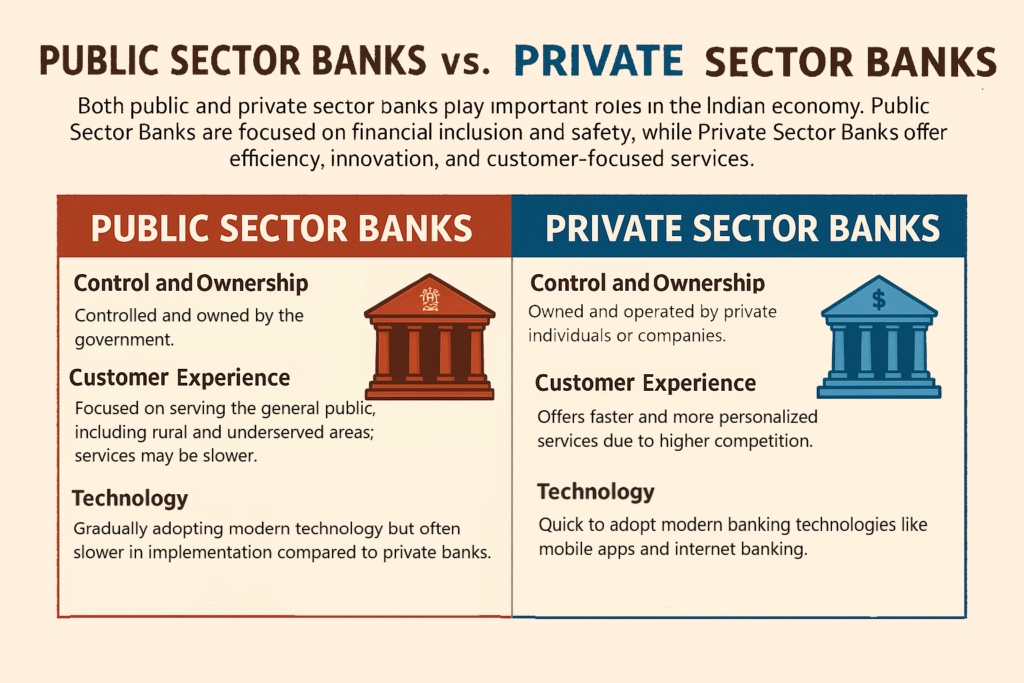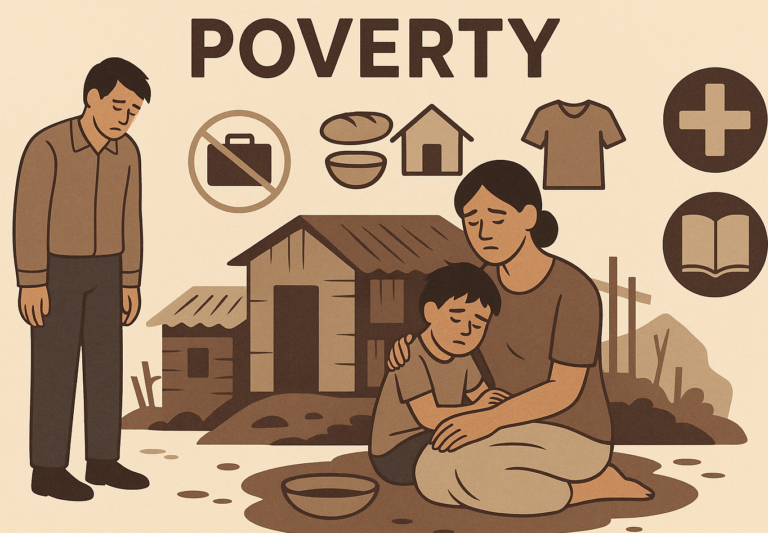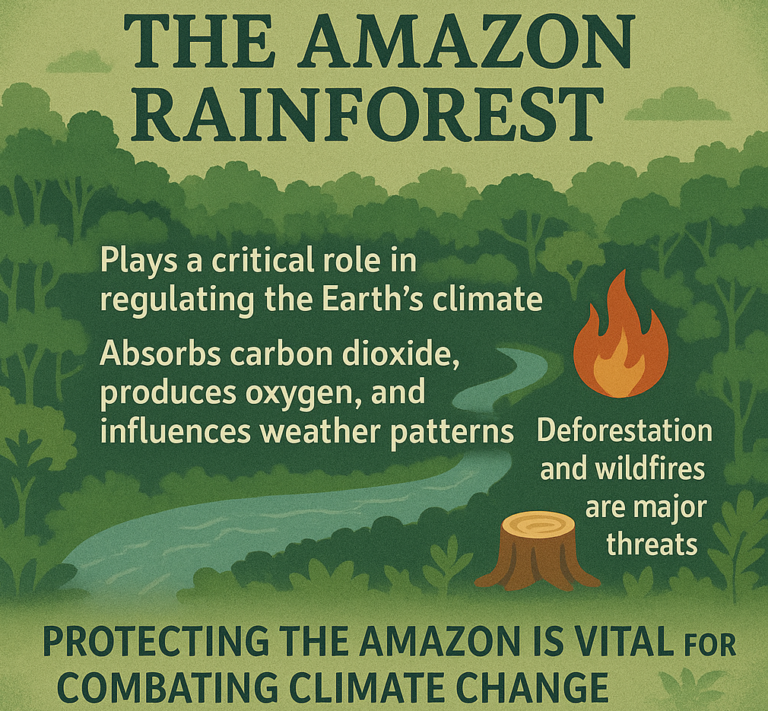What is an Economic System?
An economic system is the way a country organizes the production, distribution, and consumption of goods and services. It tells us how resources (like money, land, labor) are used and who controls them.
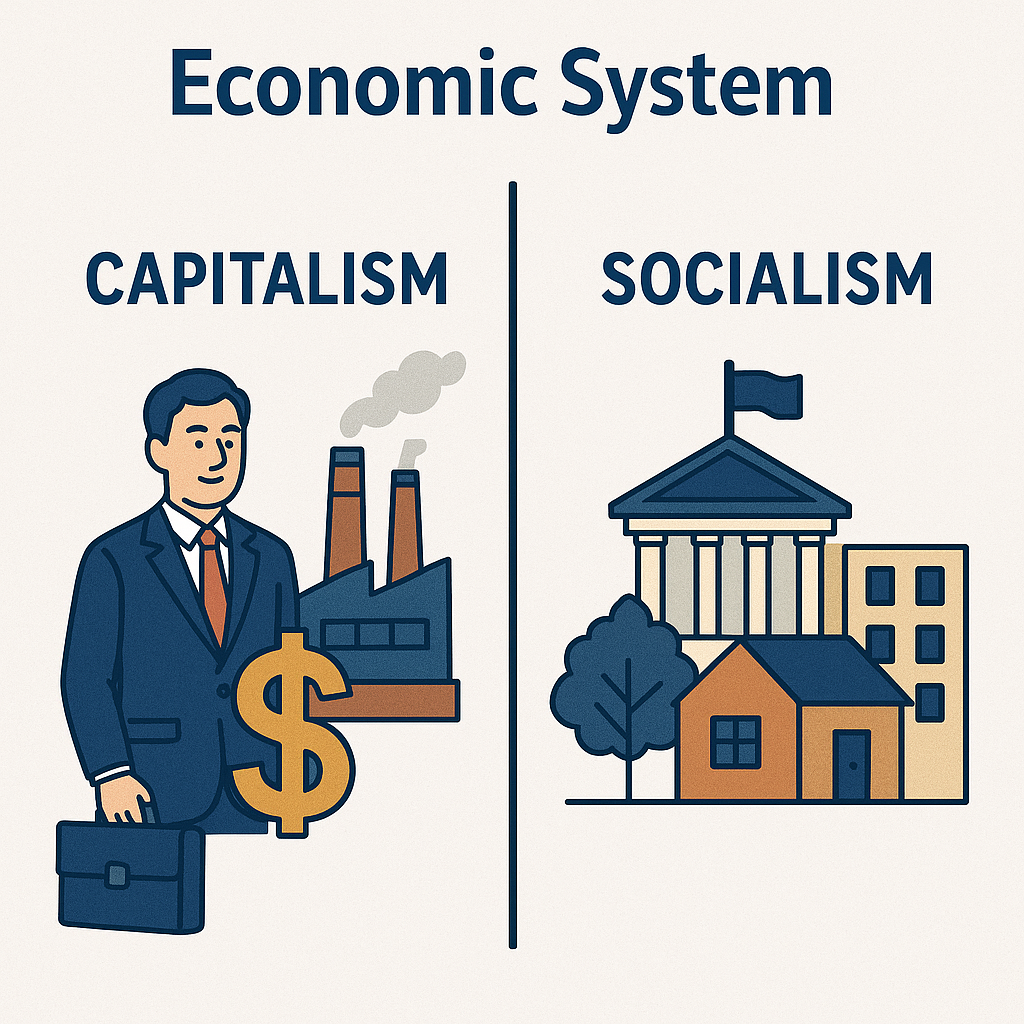
There are two main types of economic systems: Capitalism and Socialism.
1. Capitalism
What is Capitalism?
In a capitalist system, most of the resources, businesses, and industries are owned and controlled by private individuals or companies, not the government. The goal is to make a profit, and businesses compete with each other to offer goods and services.
How Does It Work?
- Private Ownership: People and businesses can own property, factories, and other resources.
- Free Market: In a capitalist economy, supply and demand (how much of something is available and how much people want it) determine prices. If people want more of something, its price goes up, and businesses will try to provide it.
- Competition: Since many businesses try to sell the same or similar products, they compete with each other. This can lead to better quality products and lower prices for consumers.
- Profit Motive: The main goal of businesses is to earn profits. This encourages innovation and efficiency, as businesses aim to offer goods or services that people will buy at the best price.
Examples of Capitalism:
- United States: Most businesses are privately owned, and the market decides prices.
- Japan: Many businesses are privately owned, but the government may still play a role in guiding economic development.
Advantages of Capitalism:
- Innovation: Businesses try to create new and better products to make more money.
- Choice: Consumers have a wide variety of products to choose from because many businesses offer the same or similar things.
- Efficiency: Companies try to lower their costs to make a profit, which can lead to more efficient ways of doing things.
Disadvantages of Capitalism:
- Wealth Inequality: Some people may get very rich, while others stay poor because wealth is not equally distributed.
- Exploitation: Sometimes businesses cut costs in ways that hurt workers, such as paying low wages or damaging the environment.
- Lack of Public Services: Essential services like healthcare, education, and housing might not be affordable for everyone, especially if they can’t afford them in a private system.
2. Socialism
What is Socialism?
In a socialist system, the government owns and controls many of the country’s resources and industries. The goal is to ensure that wealth is distributed more equally and that everyone has access to basic needs like education, healthcare, and housing.
How Does It Work?
- Public Ownership: The government owns key industries like healthcare, transportation, and energy. This means that essential services are provided to everyone, not just those who can afford to pay for them.
- Wealth Redistribution: The government takes money from wealthier people (through taxes) and uses it to help those who are poorer. This aims to reduce economic inequality.
- Planned Economy: The government often decides what should be produced, how much, and at what price. This is done to avoid extreme inequality and ensure that everyone has access to basic goods and services.
Examples of Socialism:
- Cuba: The government owns almost all businesses and resources.
- Sweden (a mix of socialism and capitalism): The government provides many services like healthcare and education but still allows private businesses to operate.
Advantages of Socialism:
- Equality: It aims to reduce the gap between the rich and the poor by providing everyone with access to essential services like healthcare and education.
- Basic Needs for All: Everyone has a right to basic necessities, such as food, healthcare, and shelter, even if they don’t have a lot of money.
- Stability: The government’s role in planning the economy can help avoid large-scale unemployment and economic crises.
Disadvantages of Socialism:
- Less Innovation: Since the government controls many industries, there’s less competition. This can make businesses less motivated to innovate or improve their products.
- Higher Taxes: To fund social programs, the government often collects high taxes, which can be a burden for people and businesses.
- Less Efficiency: Government-run industries may not be as efficient as privately-run ones, since there’s no competition to drive them to be better.
Capitalism vs. Socialism: A Quick Comparison
| Factor | Capitalism | Socialism |
|---|---|---|
| Ownership | Private ownership of businesses | Government ownership of key industries |
| Market | Free market (supply and demand decide prices) | Government sets prices and controls production |
| Wealth Distribution | Wealth is uneven (depends on success in the market) | Wealth is redistributed more equally |
| Profit | Profit-driven, businesses aim to make money | Less focus on profit, more on equity and access for all |
| Example Countries | USA, Japan, UK | Cuba, Sweden, Norway (partially socialist) |
Which System is Better?
There is no one-size-fits-all answer, and both systems have strengths and weaknesses. Some countries, like Sweden or Canada, use a mixed system, combining elements of both capitalism (for innovation and private business) and socialism (for public services and welfare).
- Capitalism is great for innovation and personal freedom but can lead to inequality and lack of public services.
- Socialism is good for equality and ensuring everyone has access to basic needs, but it can be less efficient and stifle innovation.
Conclusion:
- Capitalism is focused on private ownership and profit-making, and it relies on market forces (supply and demand).
- Socialism emphasizes government control of resources to ensure wealth is more evenly distributed and everyone has access to basic services.
Both systems can work well, depending on how they’re implemented, and many countries blend elements of both to create a more balanced approach to their economies.


